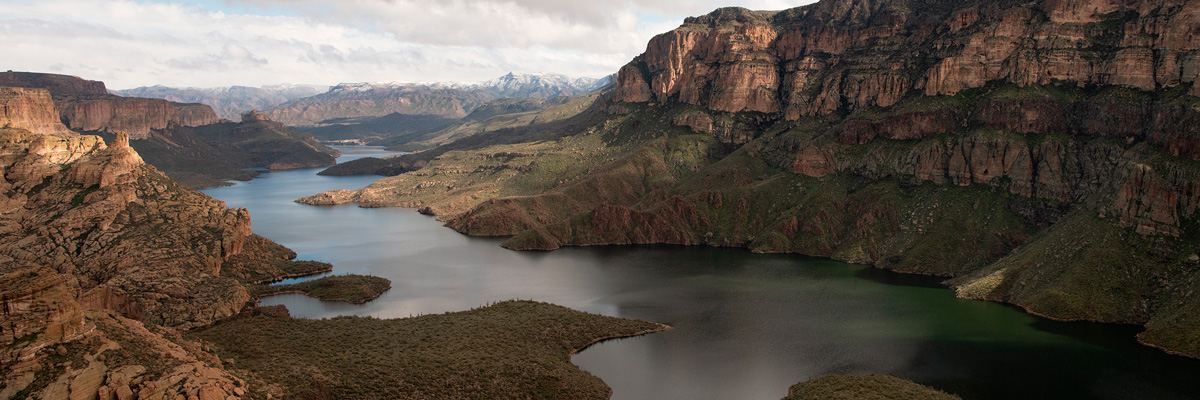
Watershed management
The sustainable management of the three watersheds that cover a 13,000-square-mile area in northern and eastern Arizona is vital to the Valley's water supply.
On this page:
Healthy forests are key to the watershed
A healthy forest is integral to maintaining a watershed. Each component of a forest, from the tree canopy to the soil, serves a function in the storage and filtration of the water that passes through it.
- The forest canopy’s shade prevents snowpack from melting too fast, thereby "storing" the water for when it is most needed — spring and early summer.
- The vegetation, streams and rivers filter the water, removing debris and sediment.
This natural system results in a steady and sustainable supply of water flowing into the reservoirs on the Salt and Verde rivers downstream.
Tour the Watershed: In our Watershed video series, we explore these 13,000 square miles where your tap water begins as rain and snow. Watch now
Arizona’s forests today
Historic fire suppression policies, climate change and drought all pose threats to the resiliency of our forests.
Arizona's forests are unhealthy and overgrown, and without action, catastrophic fires are almost a certainty — putting the state's physical beauty, economic vitality and water supplies at risk.
The threat of megafires
Since 2000, more than 3.5 million acres of forests in or around the Salt, Verde and East Clear Creek watersheds have been burned by wildfires, including megafires such as the Rodeo-Chediski and Wallow fires.
Historically, small fires were a natural part of the ecosystem in Arizona's forests, removing excess vegetation and improving soil conditions. As forest management policies changed to suppress fires, vegetation built up. This history of fire suppression has led to overgrown forests. For example, in the East Clear Creek Watershed, the number of trees grew from an average of 100 per acre to today’s ranges that can be up to 6,000 trees per acre.
Overgrown forests create more fuel for catastrophic wildfires. This results in scorched landscapes, which cause a breakdown in the natural storage and filtration the forest once provided and leads to the following issues:
- Snowpack is exposed to excessive sunlight, causing it to melt more quickly.
- Runoff from fire-scarred areas brings ash and debris with it.
- The debris from wildfires settles at the base of the dams, reducing reservoir capacity and affecting water quality, placing a strain on water treatment facilities.
Forest thinning is the process of removing the excess trees and brush.
Working toward healthy forests
The problem is now so large that millions of acres of Arizona’s forest are at risk of high-severity fires. Because of this, we are increasing our focus on supporting efforts to strategically thin forests to prevent catastrophic wildfires.
A cross-departmental team of SRP employees has been working on solutions that focus on prevention through strategic forest thinning. As part of this effort, SRP has worked tirelessly to forge partnerships with organizations across the state.
Restoration partnerships and projects
The good news is there are ways to restore Arizona’s forests. From the Four Forest Restoration Initiative that began in 2011 to the
SRP Healthy Forest Initiative™ that launched in 2020, valuable partnerships have helped enhance the health of our forests.
SRP matches customer contributions to the SRP Healthy Forest Initiative up to $200,000 per year and uses 100% of funds to help implement forest restoration projects.
For as little as $3 a month, you can support SRP's efforts to revitalize our forests, prevent wildfires and protect the water you drink. Sign up today.
Key partnerships
Forest thinning work has been slow to take root, and the problem isn't contained to the national forests that are the focus of the Four Forest Restoration Initiative. Private, state, tribal and U.S. Bureau of Land Management lands are also affected.
To address this, SRP is working with other groups to increase the pace and scale of forest thinning by collaboratively funding and implementing forest restoration projects. Some of SRP’s partners are listed below.

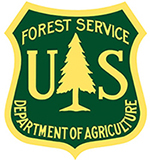

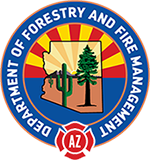

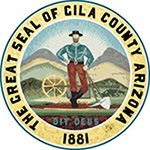

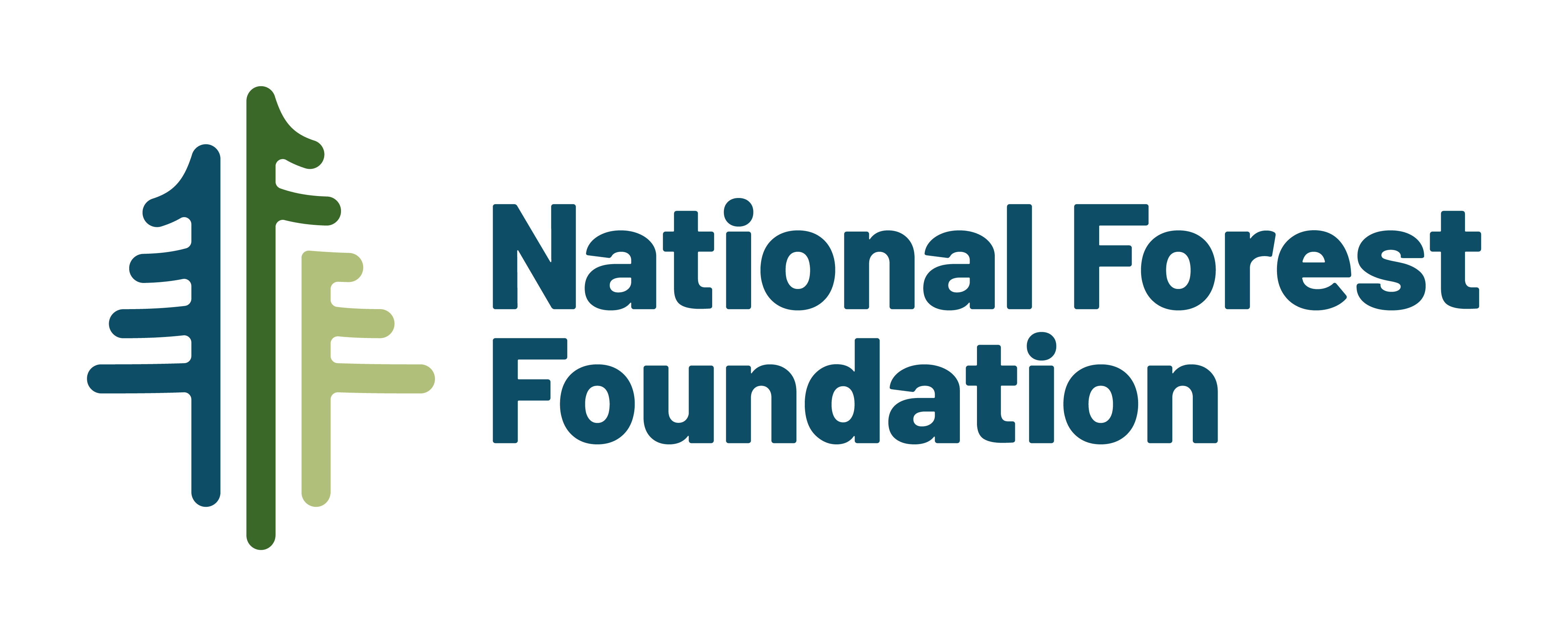





Securing our water future
In addition to protecting the watershed, we’re also working to make sure our water supply is prepared for drought.
SRP, Valley cities, the Arizona Department of Water Resources (ADWR) and the Central Arizona Project (CAP) continue to strengthen the region against the impacts of drought and climate change.
Together, we’re making sure there is enough water—not just for today, but for the future, as well.
Planning for drought
Each year, SRP hydrologists create operations models as though we are about to enter a period of drought. Because of our calculated modeling, SRP reservoirs have been, and continue to be, carefully maintained.
In fact, even after a dismal 2018 winter, the amount of water stored in our reservoirs is greater than roughly two-thirds of the years since 1950. And one wet winter like 2023 helps fill the reservoirs for future drought periods.
Fostering regional partnerships
SRP and the Gila River Indian Community have worked together to bring renewable water supplies to central Arizona. Through the Gila River Water Storage project, 30,000 acre-feet of CAP water is available for 100-year leases. Up to two million acre-feet of CAP water is also being stored to earn long-term storage credits. Together, these supplies equal 50,000 acre-feet per year of renewable water supplies for the next 100 years.
Another 100,000 acre-feet of CAP water is available to help during dry years over the next 15 years.
In 2005, SRP acquired C.C. Cragin Reservoir, a 15,000-acre-foot reservoir located on East Clear Creek. This reservoir serves as a water source for Payson, northern Gila County communities, Indian water settlements and SRP shareholders.
Implementing responsible water laws
The Greater Phoenix area sits within an Active Management Area (AMA). Water providers and users within an AMA must follow rules outlined in the 1980 Groundwater Management Act.
The Act was designed to protect groundwater supplies and promote sustainable water use. By law, developers building in an AMA must demonstrate an assured water supply lasting at least 100 years for new growth. The Act also includes water conservation requirements and incentives for using renewable water supplies.
As a result, groundwater levels in some areas of Phoenix have risen—something almost unheard of in the western United States.
Preparing our water supply for growth
As part of the Groundwater Management Act, municipalities throughout the Valley have created a variety of water conservation programs. These include rebate programs, free classes, water efficiency checkups and support for xeriscaping (low-water-use landscaping).
Measures like these, alongside advancements in technology, are working. Despite a nearly seven-fold increase in statewide population, Arizona uses roughly the same amount of water as it did in 1957.